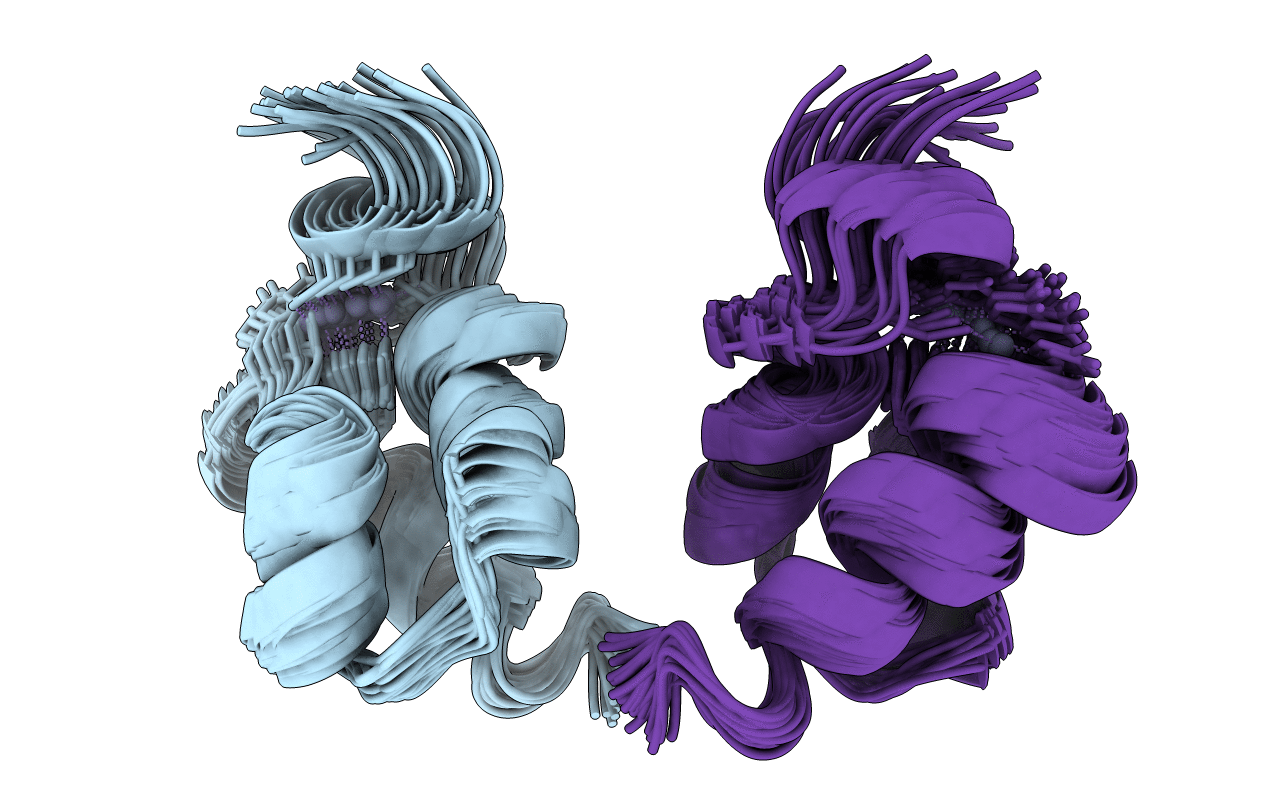
Deposition Date
2000-03-25
Release Date
2001-03-19
Last Version Date
2024-05-15
Entry Detail
Biological Source:
Source Organism:
Host Organism:
Method Details:
Experimental Method:
Conformers Calculated:
50
Conformers Submitted:
32
Selection Criteria:
LOW OVERALL ENERGY


